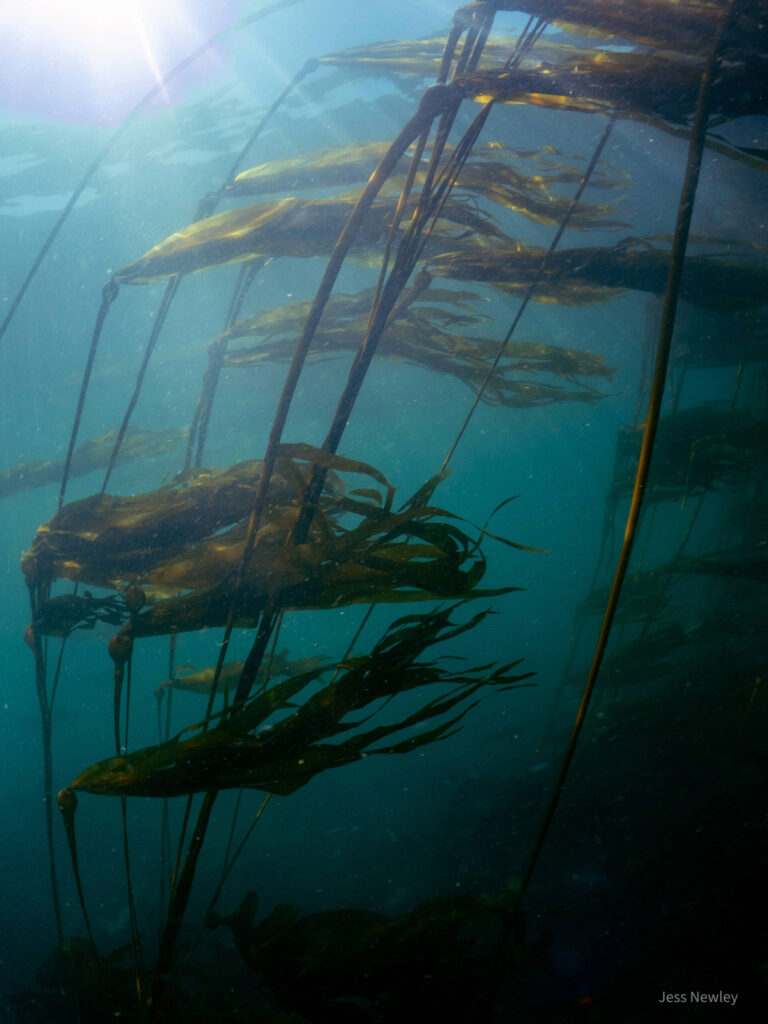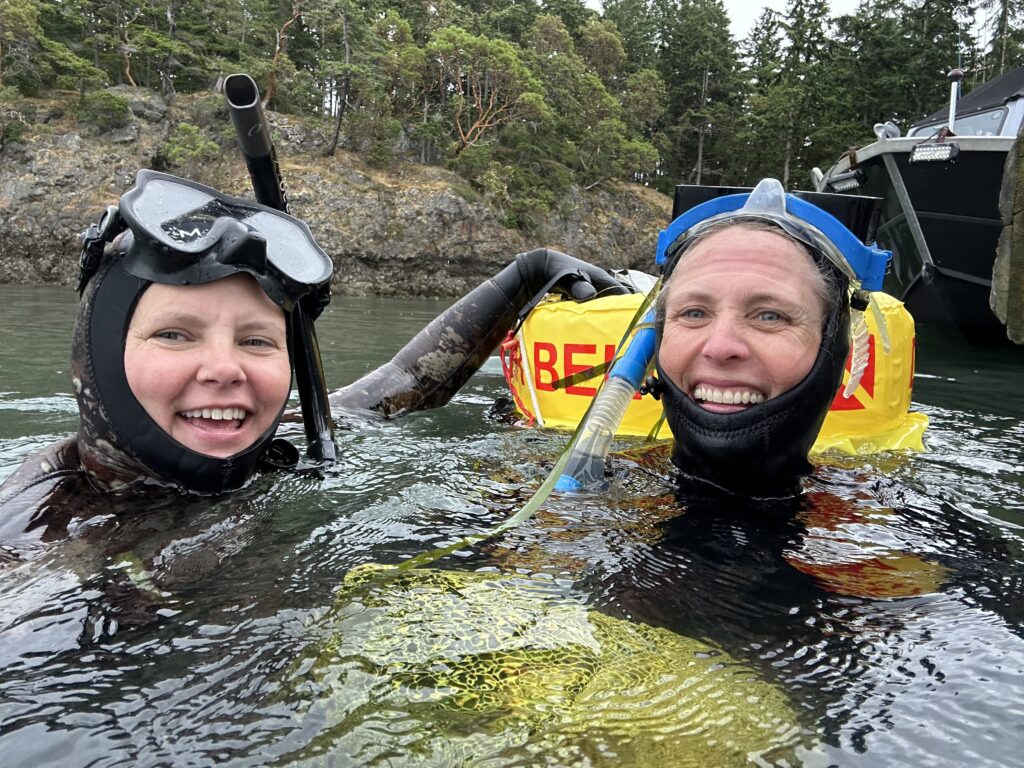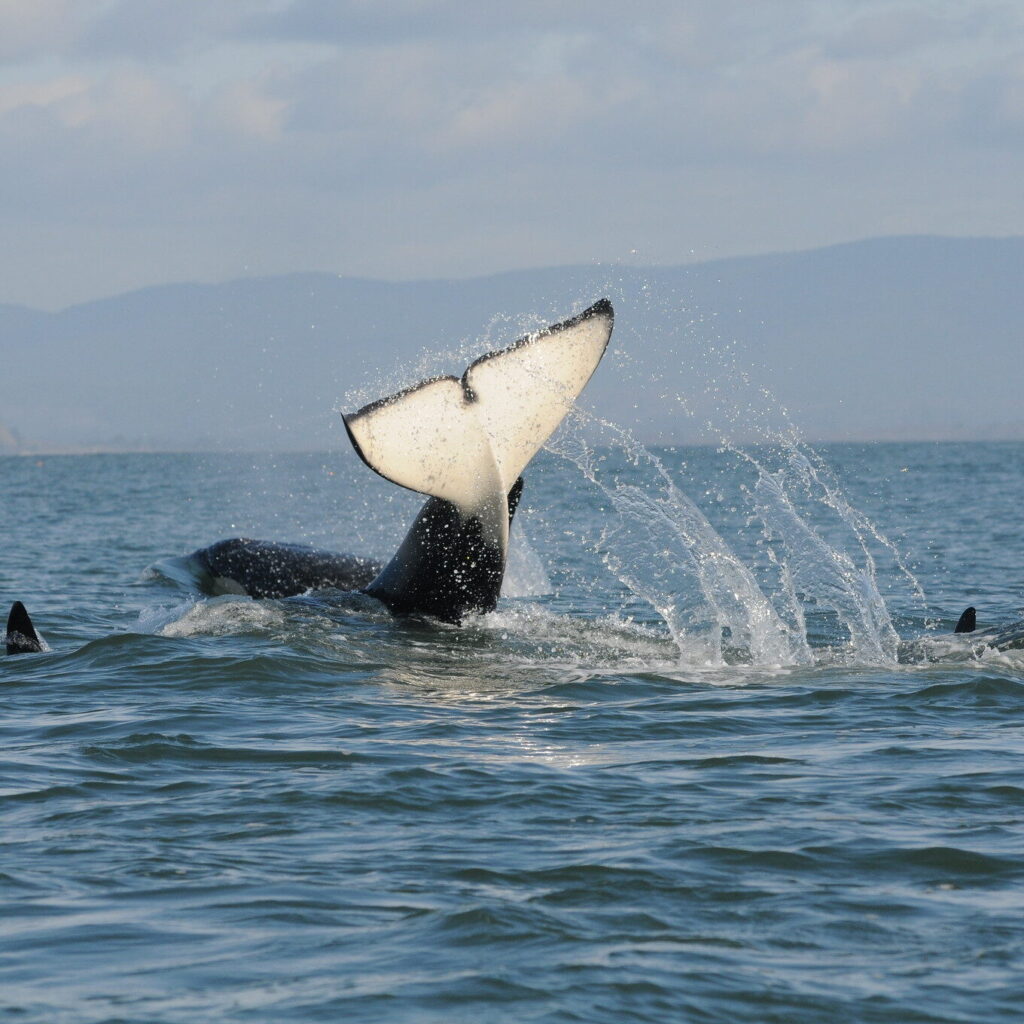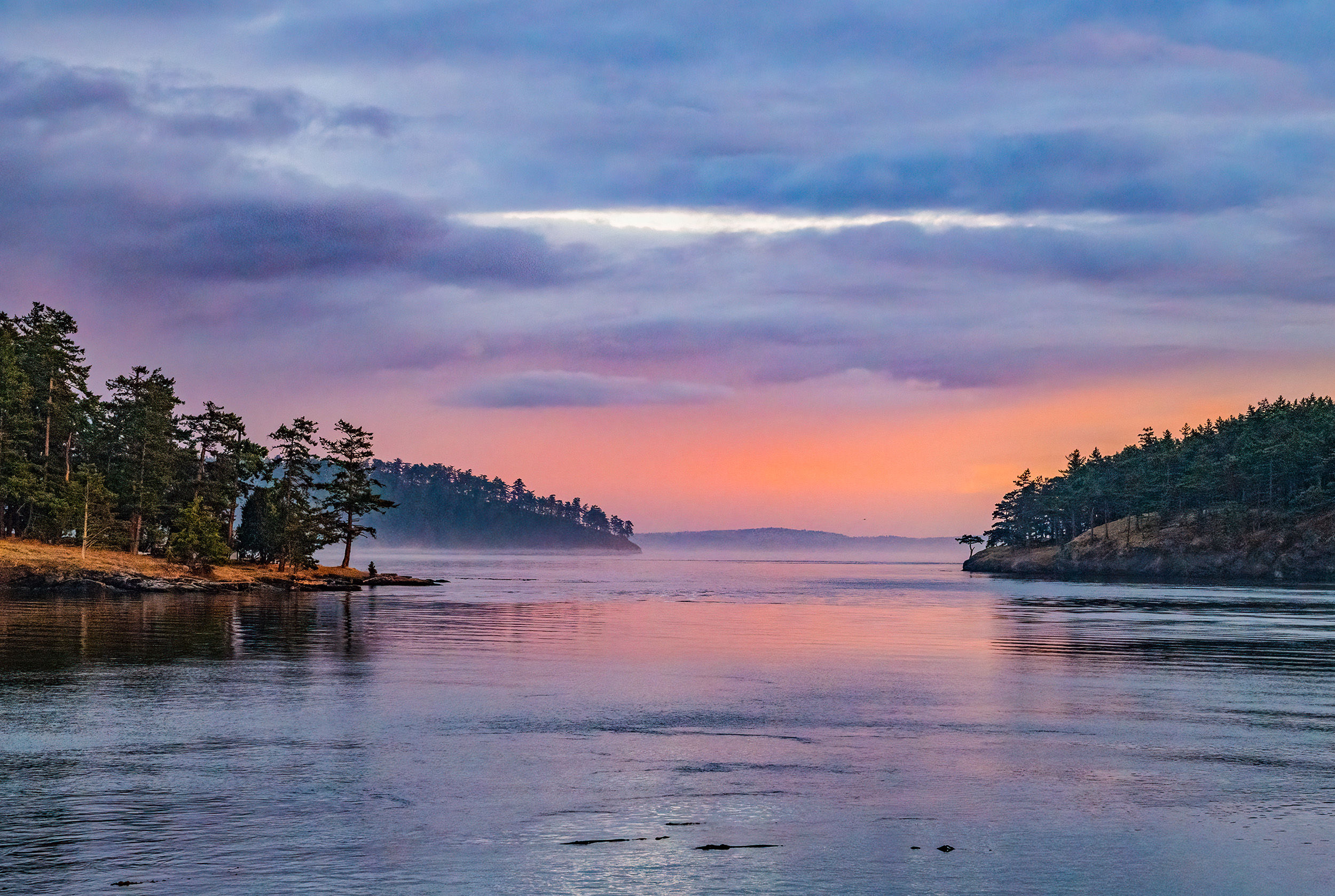
Our Insights
Protector Platform
An educational advocacy tool for protecting the San Juan Islands and Salish Sea.
Friends of the San Juans’ Protector Platform empowers leaders, voters, and stewards of the San Juan Islands and the Salish Sea to engage in meaningful dialogue and action. This resource highlights key priorities, challenges, and opportunities, offering expert insights from our team in environmental science, policy, law, and community-centered education.

Friends’ expertise and recommended protection priorities for San Juan County
Leadership & Good Governance
San Juan County leadership must be forward-thinking about climate resilience and the uniqueness of decision-making in our island context and model the best practices in good governance.
Challenge: We have had approximately 20 directors for community development in 20 years in San Juan County. Elected leaders need to govern and set policy and allow for county administration and management to hire professionals to follow policy, plans, and codes that the electorate has informed through comprehensive planning and community engagement. Good governance cannot happen based on whim or the loudest voices, but instead, the steady attention to the health of our island communities and places and the adherence to collective agreements and law.
Opportunities:
- We must uphold tribal treaty rights and look to our leaders to promote civic dialogue, good governance, and equitable leadership.
- County governance and administration should be efficient, effective, and transparent.
- Professional services need to be adequately resourced and rooted in data-backed training and experience, and should be accountable to representative community voices.
Protect Treaty Rights & Actively Engage Tribes
Tribes should have access to public spaces in San Juan County without incurring usage fees.
Challenge: Local tribes have limited access to their own homelands in the Islands. Despite the Islands being their forever home, with many culturally significant sites across the San Juans, there are no reserve lands, and few places can be actively managed by their original stewards. Additionally, Tribal law is a federal responsibility, with nation-to-nation agreements codified in treaties and other policies; all sub-national levels of government must comply with these supreme laws of the land.
Opportunities:
- Be proactive in engaging local Tribes to increase access to their homelands and improve the ecological health of their home waters.
- Invest in a coordinated effort to support Sovereign Nations when coming to the County, including allocating Lodging Tax Advisory Funds.
- Research co-management strategies and participate in coalitional efforts to allow Tribes to lead in matters affecting their territories.
- Form a working group to examine and ensure that Tribal rights are prioritized, protected, and upheld by county and state-level policies.
- Train County staff and leadership on Tribal law and rights, consultation protocols and best practices for collaboration with Tribal governments, and the cultural significance of the Islands to Sovereign Nations.
- Examine impacts to protected Tribal and Treaty Rights early in any planning process.
Protect Island Resources & Communities
Responsible land use planning is crucial in the San Juan Islands to protect the region’s unique ecosystems and maintain its scenic beauty, which are vital for both local wildlife and the community’s quality of life. Thoughtful planning ensures sustainable development, mitigates environmental impacts, and preserves the natural heritage that defines the islands.
Challenge: County leaders in the San Juan Islands face the challenge of balancing development with environmental preservation amid increasing population and tourism pressures. They must also address infrastructure needs and sustainability concerns, while ensuring that land-use policies protect the islands’ unique natural landscapes and ecosystems.
Opportunities:
- Land and island resources protection through the effective application of code provisions
- Devote adequate resources to enable consistent code implementation and enforcement, as well as timely permit processing. Protect island resources through the effective application of code provisions.
- Adopt a program to consistently and objectively enforce codes without requiring neighbors to report on each other.
- Community building through SMART growth for the future of island communities
- Focus on building affordable housing through increased density in urban growth areas instead of sprawling development with limited access to resources, transit, and jobs.
- Support inclusionary zoning ordinances and developer incentives to encourage SMART and mixed-use development in urban growth areas.
- Comply with settled legal restrictions for developing accessory dwelling units (ADUs) outside of urban growth areas.
- Clean energy for the future of our island communities and the protection of agricultural farming lands
- Appropriately site clean energy projects by revising code to incentivize individual and community solar installations, first on existing impervious (rooftops, parking lots), then on already cleared lands, and lastly, on agricultural resource lands if it is an agrivoltaics project that ensures long-term protection of the agricultural resource land values/soils, and future agriculture uses.
- Restore the homeowner and business incentive for solar adoption to the same reimbursable amount as all other counties in Washington state so that San Juan County residents are not disincentivized from installing solar on existing impervious surfaces.
- Meaningful climate mitigation, resiliency, and adaptation in the 2025 comprehensive plan update
- Protect wetlands and streams with improved compliance, science-based planning, and county infrastructure/road management.
- Develop non-motorized and safe multi-modal transportation with non-motorized attention while avoiding adverse impacts to critical areas, agricultural, and forest resource lands. Trails need to be planned and constructed appropriately with attention to siting.
- Require a net gain of forest and agricultural resource lands for any amendments to resource land designations.
Protect Shoreline Ecosystems
With over 400 miles of shoreline, San Juan County plays a vital role in sustaining regional marine food webs, supporting salmon, Southern Resident killer whales, Tribal Treaty rights, and the local economy. As stewards of this critical coastline, San Juan County has both the responsibility and opportunity to lead the way in shoreline management.
Challenge: The habitats and species that support threatened chinook salmon and the critically endangered Southern Resident killer whales are also at risk and in need of improved protection. Site-specific and cumulative impacts from development include threats to eelgrass, kelp, forage fish spawning sites, out-migrating juvenile salmon, and shoreline vegetation. Erosion and flood hazards are increasing due to sea level rise.
Opportunities:
- Build capacity: Significant resources are available for shoreline protection, restoration, and resiliency. The County should assertively build capacity to scale up adaptation and resiliency work in our coastal community for people and nature.
- Take action to address at-risk roads: County leadership is needed to relocate at-risk coastal roads to protect access and safety, utilize resources efficiently, restore ecosystems, and update public infrastructure. In locations where studies and public engagement have been completed, realignment action needs to be implemented, and planning for additional sites must be advanced.
MacLennanetal 2014 SJC Sea Level Rise Vulnerability final (PDF)
Sea Level Rise Adaptation – Outer Bay and Agate Beach Areas, Lopez Island | Engage San Juan County (sanjuancountywa.gov) - Improve planning for the future: A lack of forward-focused planning (and action) around county infrastructure has led to a chronic problem of infrastructure being addressed through emergency authorizations, without proper design evaluation, assessment of environmental or cultural impacts, or mitigation. This results in a “doubling down” on outdated infrastructure that continues to negatively impact nearshore marine habitats and species.
- Lead by example and ensure county infrastructure is modernized: In addition to coastal roads, the county owns significant marine infrastructure, such as buildings, parking areas, docks, ramps, and buoys. Facility upgrades to remove toxic materials, reduce shading of marine vegetation, and improve water quality should be prioritized.
- Rebuild regulatory effectiveness: The effectiveness of shoreline permitting, including compliance, must be increased. The current system unfairly benefits those who disregard the regulatory review process, jeopardizes cultural and natural resources, and undermines public trust. As just one example, Friends’ study of shoreline armoring installed between 2009 and 2019 found that more than 90% of the 108 new bulkheads installed in that decade were constructed without the necessary permits prior to installation. Compliance monitoring and more efficient up-front permitting processes are needed to increase equitable, fair, and meaningful shoreline protections. 2018 0828 Final Factsheet (PDF)
- Protect Water quality for people and nature: Invest in research, programs, and incentives to ensure storm and wastewater in the county is well monitored and managed.
- Protect coastal property and coastal processes: Ensure policies and codes locate new development in resilient areas, away from flood and erosion hazards and sea water intrusion.
Protect the Salish Sea
The Salish Sea is one of the world’s largest and biologically rich inland seas, and the health of San Juan County’s economy and quality of life is directly tied to the waters that surround us. These waters are also a major shipping route for commercial vessel traffic going to and from Canada’s largest port and four of WA State’s five refineries. The Salish Sea is one of the world’s largest, biologically rich inland seas, and the health of San Juan County’s economy and quality of life is directly tied to the waters that surround us. The Salish Sea region’s population is expected to grow to over 10.5 million by 2040. Human impacts from this region’s population growth and urbanization are directly tied to the waters that surround us.
Challenge: San Juan County is surrounded by major commercial shipping lanes, four oil refineries, and one Liquid Petroleum Gas (LPG) export facility. While the probability of a major oil spill is low, the consequences would be devastating, including environmental, cultural, and economic impacts. In 2006, the WA State Dept. of Ecology quantified the economic impacts of a large spill at $10.8 billion and 165,000 jobs. Continued San Juan County advocacy is needed in the transboundary Salish Sea region to protect this place from commercial shipping and fossil fuel industries’ risks and impacts.
Opportunities:
- Oil spill prevention is paramount: San Juan County needs to commit resources and expertise to state, federal, and transboundary advocacy for additional oil spill prevention assets. For example, an Emergency Response Towing Vessel stationed in the Haro Strait/Boundary Pass region could respond to vessels in distress and prevent accidents and oil spills.
- Oil spill response: San Juan County needs to continue to advocate for WA State to reassess its oil spill response preparedness requirements, specifically for spills of diluted bitumen/tar sands oil,s given the unexpected increase in oil tanker traffic, over-water oil transfer operations, and over-water oil storage at anchor as a result of the completion of the Trans Mountain pipeline expansion project.
- Local response to a large spill: San Juan County must provide leadership in educating the public and managing expectations for oil spill response operations, such as confirming that air quality monitoring devices are available for immediate local deployment and that evacuation plans are in place should they be needed.
- Boater education on reporting all spills: San Juan County and/or partner organizations must provide boater education on existing and new regulations, including the requirement to report all oil spills. Small, chronic oil spills that occur during refueling or other boat-use errors are cumulatively impactful to marine water quality.
- Local resources to address small spills: Ensure that IOSA and partner spill response organizations have the necessary resources to address the small oil spills where a safe, fast, and well-coordinated local response is an option.
- Protect marine water quality from holding tanks: Secure the funding needed to provide disposal resources and require recreational boaters to discharge waste appropriately.
- Protect marine water quality from commercial ships: Advocate for the prohibition of commercial shipping discharges that can cause ocean acidification and impacts to recreational and commercial fisheries, and, in particular, the toxic pollutants that both bioaccumulate and biomagnify up the food chain, and, for example, impact the health of humans and Southern Resident killer whales.
Protect the Future
The San Juan Islands are home to a rich tapestry of communities whose well-being, culture, and economy are dependent on the health of our natural environment. To ensure a livable future for the next generation, San Juan County must take bold steps to build climate resilience and protect our islands from the growing threats posed by climate change.
Challenge: As our population grows, the county’s plans and policies will determine how we protect and use our communities and natural resources. While tourism plays a role in the County’s economic health, it also strains limited resources such as fresh water, public infrastructure, and waste management. For example, our islands are overwhelmed with single-use plastic waste, which cannot be processed locally. This waste contributes to marine debris, adds fossil fuel pollution, and accelerates climate change.
Opportunities:
- Enforce single-use laws: The single-use service law must be actively enforced, and business owners should receive incentives to provide more sustainable alternatives. We need leaders who are willing to say ‘no’ to single-use bottles and shift responsibility from island residents and consumers to the producers and buyers of large-scale plastic.
- Support state and local policies: For two legislative sessions, twenty high school students from San Juan Island have traveled to Olympia to advocate for extended producer responsibility legislation to reduce plastic and plastic packaging waste. San Juan County leadership can follow their lead by adopting local ordinances that protect our beaches, waste systems, and fragile ecosystems from harmful single-use plastics. Instead of relying on inadequate recycling, we must address the root cause of plastic waste before it reaches our shores.
- Strengthen the Comprehensive Plan Climate Element: As the County updates its Comprehensive Plan, the Climate Element should focus on creating a sustainable future with policies that:
- Properly site clean energy projects, such as the Washington State University Least-Conflict Solar Siting initiative.
- Access to water is an increasingly vital issue across the islands. All developments and water use allowances should be assessed based on long-term availability, as well as rising sea levels, which will impact water quality.
- Protect forests and agricultural lands that offer climate resiliency benefits.
- Ensure clean energy projects do not harm protected species or sensitive habitats.
- Develop a robust water management strategy that includes assessing water capacity before making zoning changes.
Stay at the forefront of protecting the San Juan Islands and Salish Sea.
By becoming an Action Alert Responder, you will be the first to hear about critical updates that provide clear, impactful actions to advocate for real change. Your voice can make a difference—join us in protecting the future of our islands and the Salish Sea!
Join Friends for Community-Centered Action
Whether you live in the San Juan Islands, visit often, or help care for the Salish Sea from afar, your actions make a difference. Together, we can protect what makes this place extraordinary—shorelines, wildlife, and community.






